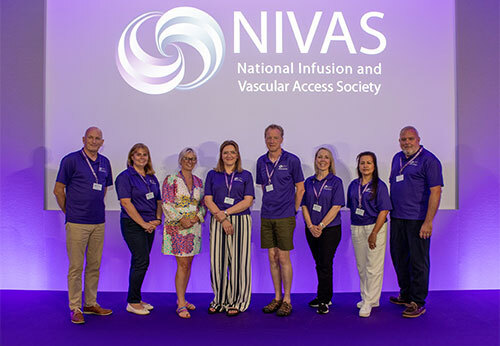Comparison of PICC versus PICC-port
"For patients with nasopharyngeal carcinoma requiring long-term treatment (duration >3 months), PICC-ports may be the preferred option compared to PICCs, particularly for those unable to undergo regular catheter maintenance or prioritizing quality of life" Xiao et al (2025).









